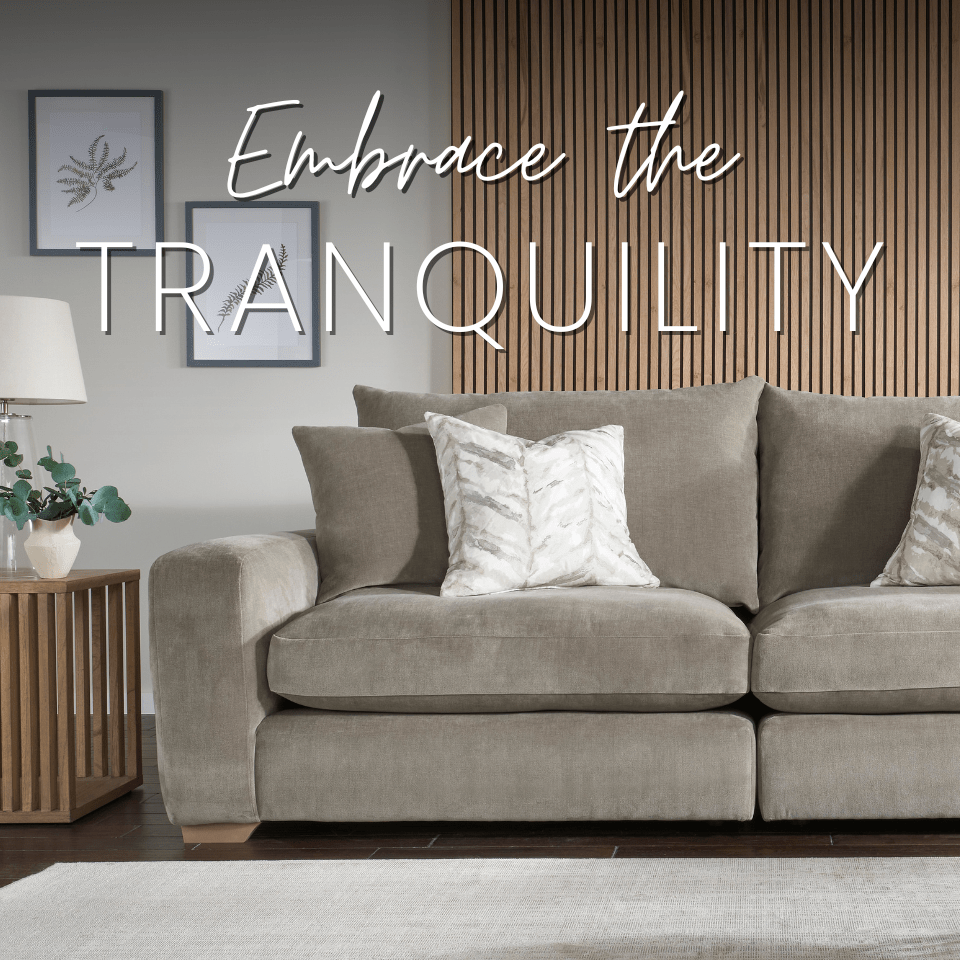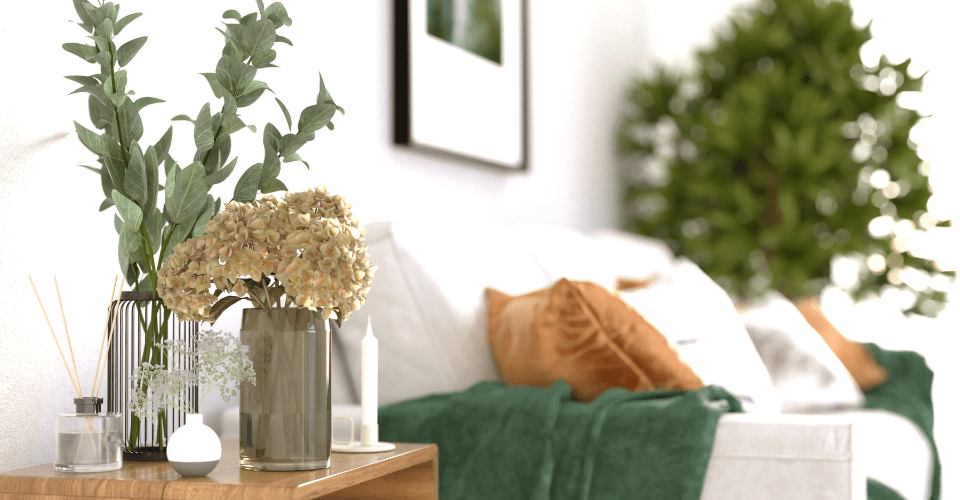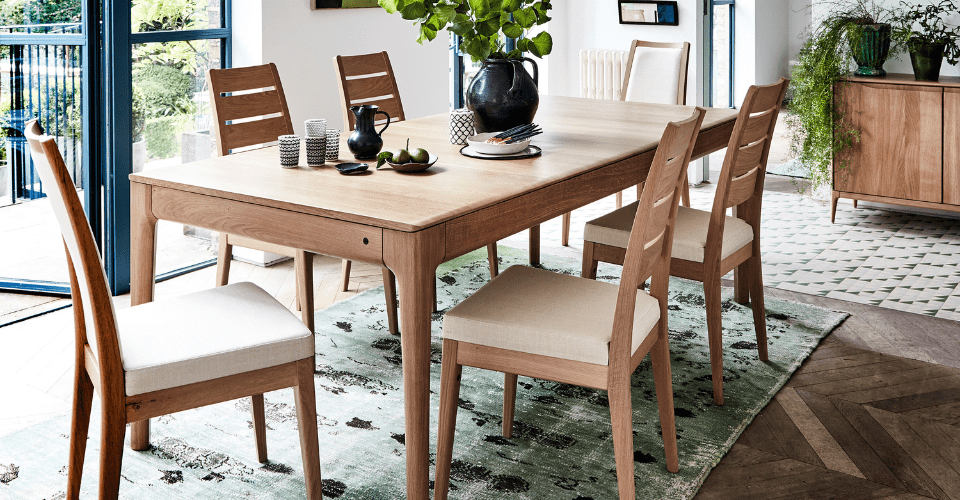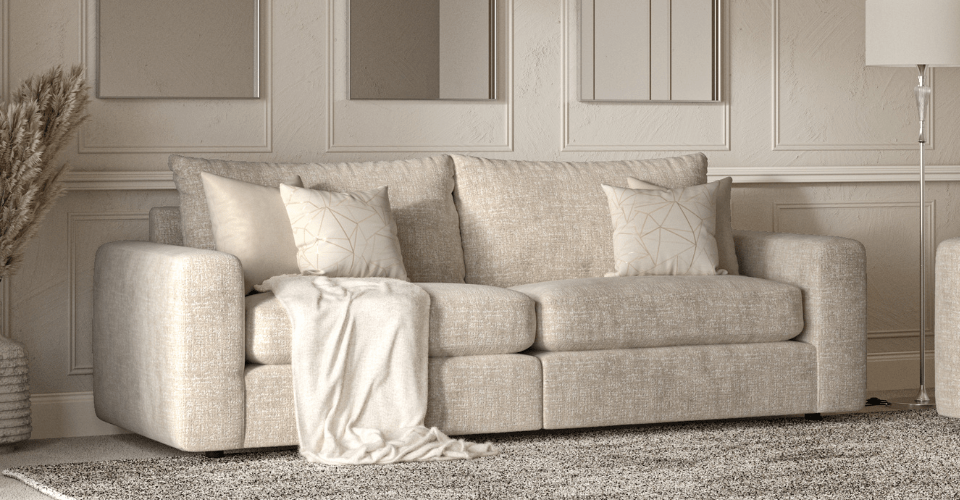Indoor-Outdoor Living

In recent years, the concept of indoor-outdoor living has become increasingly popular. As our lives become more hectic and our connection to Nature dwindles, creating a seamless transition between the indoors and outdoors has become a priority for many of us.
Gardens, balconies, decks, roof terraces can all be a perfect place for socialising, relaxing, watching the world go by or just a safe place for children and pets to let off steam.
Team this with a growing interest in self sufficiency and growing vegetables and herbs at home, and we’ll want to enjoy being outside at all times of year, not just summer.
Surrounding Landscape
When it comes to indoor-outdoor living, one of the key factors to consider is the surrounding landscape. By embracing the natural elements around your home, you can create a harmonious and calming living space. Incorporating plants, water features, and natural materials helps blur the line between indoors and outdoors.
For example a living room with bi-folding or patio doors that open up to a lush garden, or a
bathroom that features a wall of glass overlooking a serene pond. These design choices not only connect you to nature but also bring a sense of tranquility and serenity into your home.
Alternatively you could look create a living wall with air-root plants in your kitchen or hallway, or suspend small trailing plants from a ceiling mounted terrarium or hanging pot.
Biophillia is a proven science of enhancing our lives and wellbeing through plants and nature and has been a huge trend in recent years in both residential and commercial design. We have an innate need to be surrounded by and connected to nature and bringing the outside in, is proven to boost our mental and physical wellbeing.
Cohesive Design...
To achieve a successful indoor-outdoor living space, it's vital to maintain a cohesive design scheme throughout. This ensures a seamless transition and a harmonious balance between indoors and outdoors. When selecting colours, finishes, and materials, opt for choices that flow naturally between the two spaces. Neutral colour palettes that reflect the natural environment work well, while using contrasting textures can add depth and interest. Additionally, choose furniture and decor that complement the surrounding landscape, echoing the beauty of nature within your home. Natural timber, rattan, and rope all reflect our natural environment and the sense of touch which also connects us to nature.


-
Posted by Hayley Allen
12th September 2023


